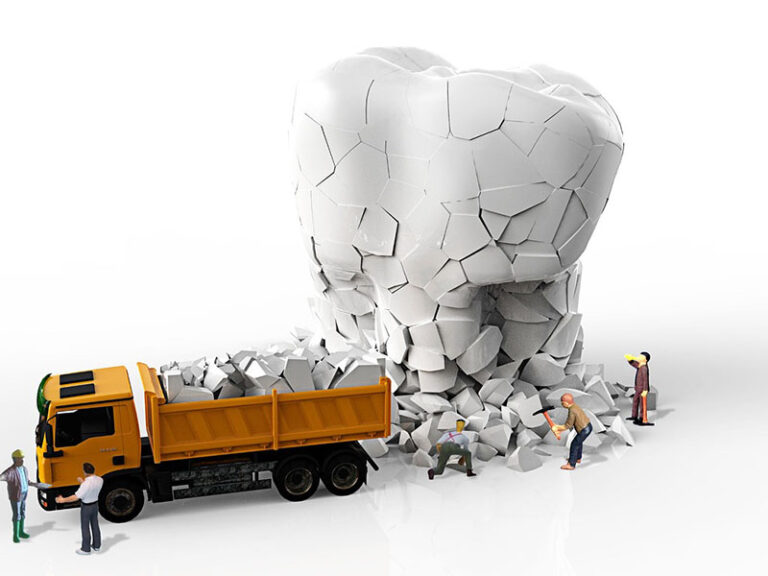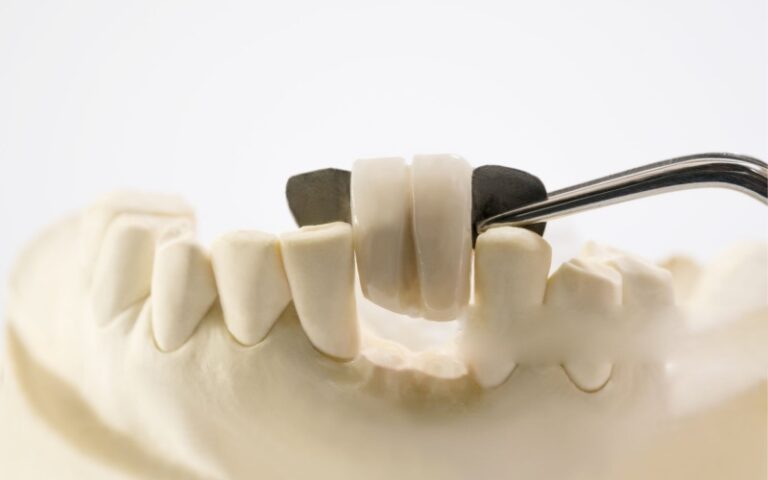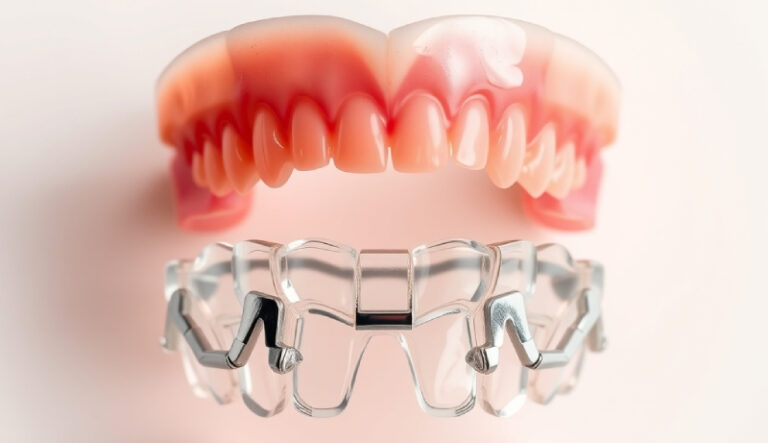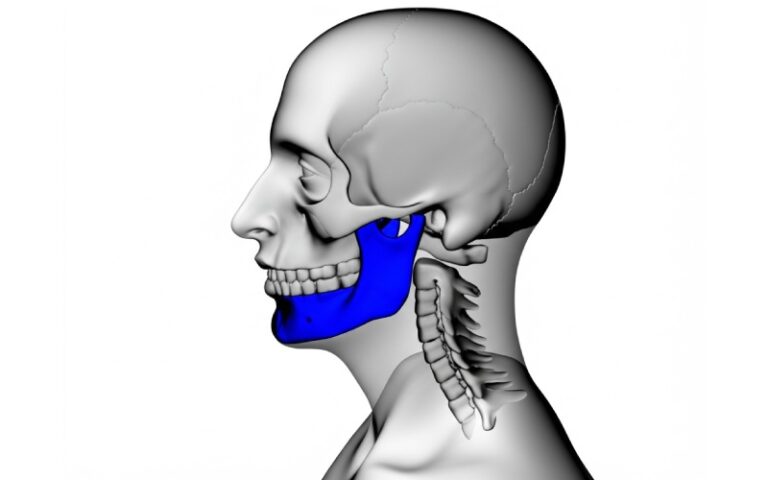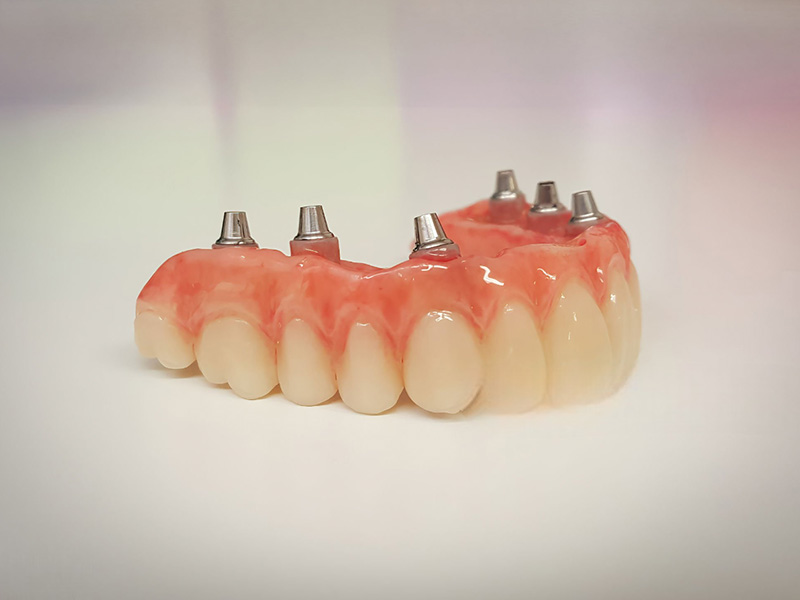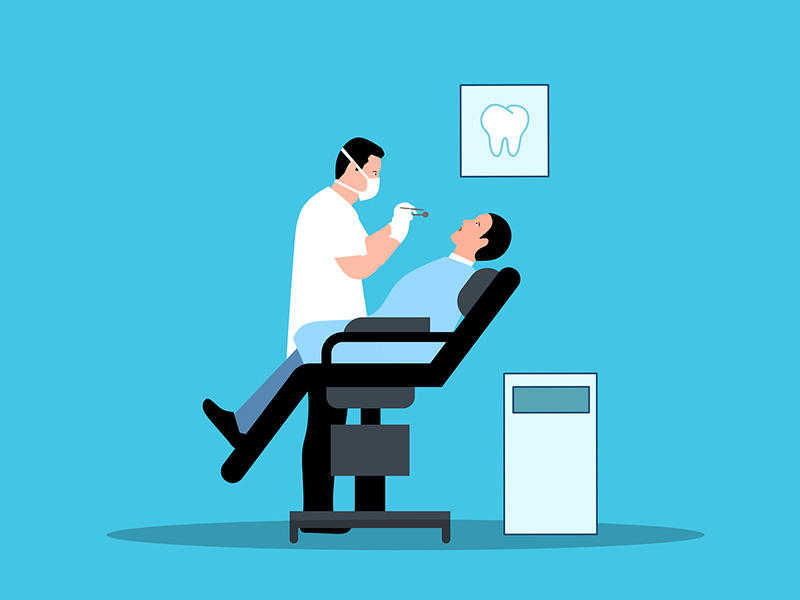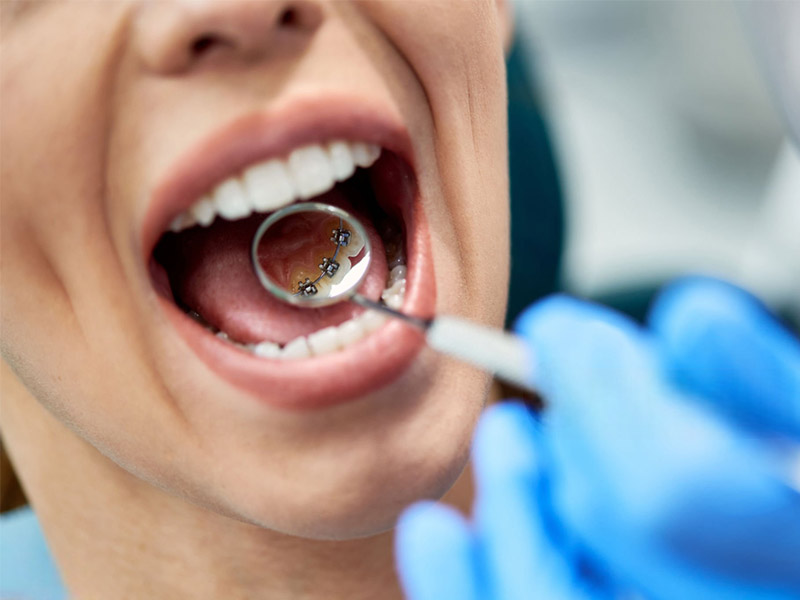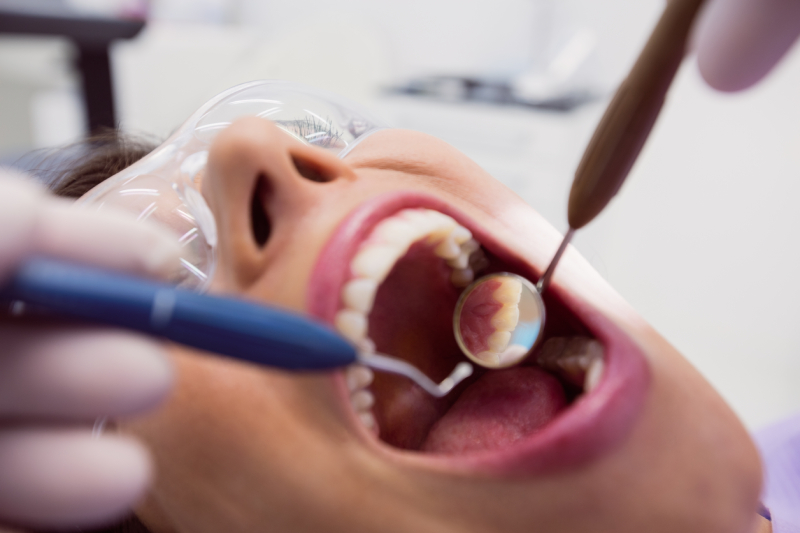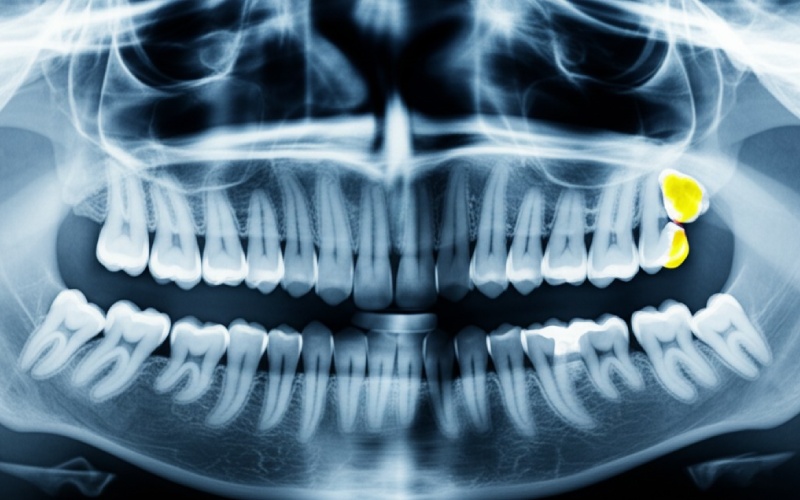
Charting Extra Teeth: A Simple Guide for Dental Professionals
Ever get a bit startled when you see an X-ray with more teeth than normal? You’re definitely not the only one. Extra teeth—which we call supernumerary teeth—can really throw a wrench into your plans. They can make the mouth crowded, block other teeth from showing up, and even cause painful lumps called cysts. You can’t just ignore them, but figuring out what to do isn’t always easy. This guide will walk you through spotting, recording, and dealing with these dental surprises, so you can give your patients the best care possible.
Table of Contents
What Are Extra Teeth and Why Should You Worry About Them?
Picture this—you’re counting a patient’s teeth and you find… 33 instead of the usual 32. Or maybe a child’s adult teeth aren’t coming in, and an X-ray shows a hidden tooth that’s in the way. These are common situations with supernumerary teeth, which just means there are more teeth than usual. The fancy term for this is hyperdontia.
It might seem like a weird fluke, but these extra teeth can cause all sorts of trouble. They can push other teeth out of place and create tricky orthodontic problems. Sometimes they stop adult teeth from coming in at all, which we call impaction. In other cases, they might form cysts that damage the jawbone or other teeth.
That’s why writing things down properly is not just a good habit—it’s a must. Good notes help you:
- Plan treatment: Decide if you’ll just watch it, pull it, or try to straighten it.
- Share info: Make sure other dentists, like oral surgeons or orthodontists, know exactly what’s up.
- Cover yourself legally: Good records are your best protection if anything goes wrong.
- Teach your patients: Help them understand what’s happening and why they need care.
How Do I Spot Different Types of Extra Teeth?
First, you need to know what you’re looking for. Extra teeth come in different shapes and sizes. Figuring out which type you’re dealing with helps you know what problems might come up.
By Shape:
- Conical: Small, pointy teeth, usually found between the top front teeth. This kind is most common.
- Tuberculate: Barrel-shaped teeth with extra bumps. They don’t usually poke through and are often found behind the front teeth.
- Supplemental: These look just like normal teeth, making it tricky to tell which tooth is extra without an X-ray.
- Odontoma: Not really a tooth, but a harmless growth made of tooth-like stuff. It can be a bunch of little tooth bits (compound odontoma) or a messy lump (complex odontoma).
By Location:
- Mesiodens: The most common one, found right in the middle between the two top front teeth.
- Paramolar: A tiny extra tooth on the side of a molar, either on the cheek or tongue side.
- Distomolar: An extra molar hiding behind the last molar—sometimes called a “fourth molar.”
- Natal/Neonatal Teeth: Teeth you see at birth or in the first month.
Knowing these types helps you write better chart notes and figure out what to do next.
What Are the Best Tools for Finding Hidden Extra Teeth?
You can’t fix what you don’t know is there. A lot of extra teeth are stuck in the jawbone and don’t show on the surface. Careful exams help, but X-rays are your real ally.
- Clinical Exam: Check with your eyes and fingers—look for an extra tooth, a bump, or missing teeth that should have come in. Feeling the gums can sometimes show a hard lump where a tooth is buried.
- X-rays:
- Panoramic X-ray: This shows the whole mouth and can quickly tell you where hidden teeth are.
- Periapical X-ray: Gives a close look at one tooth and its root, good for seeing if nearby teeth are damaged.
- Occlusal X-ray: Works great for finding extra teeth in the front, especially a mesiodens.
- Cone Beam CT (CBCT): If things are complicated, a 3D scan like CBCT is extremely helpful. It shows exactly where the tooth is and how close it is to nerves and other teeth. This is a big deal for safe surgery.
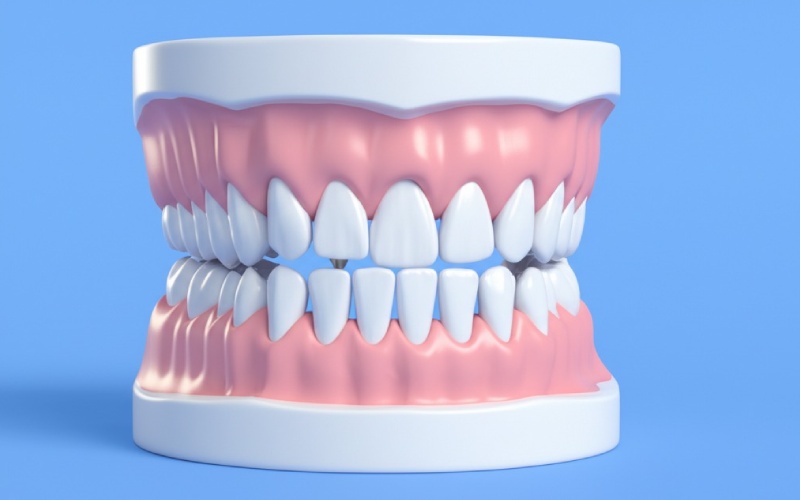
How Do I Write Down an Extra Tooth in the Chart?
After you find an extra tooth, writing it down the right way is crucial. This helps everyone in the office—or any specialist—know what you’re dealing with. Here’s how to use a few common systems.
1. Universal Numbering System (UNS): In the USA, we number teeth from 1 to 32 for adults. For extra teeth, people often use the number of the tooth before it with a letter (like A or B) after—so a tooth between #8 and #9 could be called 8A. Some computer systems use numbers like 51-82 for extra teeth. The important thing is to stay consistent.
2. FDI System (Two-Digit System): Used all over the world, this splits the mouth in four sections and uses two numbers for each tooth. Extra teeth are often shown by putting a 9 as the second number. So a tooth next to the upper right center tooth (11) could be marked 19.
3. Palmer Notation: Popular in orthodontics. It uses a grid symbol and numbers 1-8 for each quarter of the mouth. For extra teeth, you can use an “S” or a special symbol next to the normal tooth’s number.
Things to Put in Your Chart Notes:
- Identification: The number or sign you used (like “S” for supernumerary).
- Location: Get specific—like, “behind tooth #8” or “stuck between #21 and #22.”
- Shape: Call it conical, tuberculate, etc.
- Status: Is it poked through? Partly out? Stuck? Upside-down or twisted around?
- Problems: Mention cysts, root damage, or infection.
- Patient’s complaints: Pain, swelling—whatever the patient noticed.
- What’s next: Are you monitoring, referring for removal, or sending for braces?
Most dental office software lets you mark these things easily.
What Happens if You Ignore an Extra Tooth?
Leaving an extra tooth alone can cause a chain reaction of problems. It’s not just one more tooth—it can make a real mess.
- Crowding and Crooked Teeth: An extra tooth steals room, crunching up other teeth and making the bite off. This can make it harder to brush and lead to more cavities and gum issues.
- Blocked Teeth: If an extra tooth is in the way, the adult tooth behind it can’t come in. This is really common with upper fangs and front teeth.
- Hurt Neighboring Teeth: A hidden extra tooth can eat away at the roots of nearby teeth, sometimes so much the tooth is lost.
- Cyst Formation: The sac around a buried tooth can grow into a big lump (dentigerous cyst) that eats away at bone and other teeth.
- Looks: An extra tooth in the front can make someone really self-conscious about their smile.
When Should You Pull an Extra Tooth?
Whether to pull it or not depends on its type, where it is, and whether it’s causing trouble.
You usually want to take it out right away if:
- It’s stopping another tooth from coming in.
- It’s pushing other teeth out of line.
- There’s a cyst around it.
- The patient has pain or infection.
- It’s messing up plans for braces.
Watching and waiting might work if:
- It’s not causing any pain or problems.
- It’s buried deep, and pulling it risks hurting other teeth or nerves.
- The patient isn’t fit for surgery.
If you decide to leave it in, keep taking X-rays now and then to catch problems early. It’s smart to talk this over with your patient—and sometimes with a specialist like an oral surgeon or orthodontist.

Managing Extra Teeth Means Teamwork
Helping a patient with extra teeth usually needs a group effort. A general dentist might be the first to find the problem. Working together gets the best results.
- Children’s Dentist (Pediatric Dentist): Since extra teeth often show up in kids, they handle it a lot, making sure the baby and adult teeth come in as they should.
- Orthodontist: If extra teeth mess up the bite, an orthodontist steps in to make room and move teeth around after the extra one is gone.
- Oral Surgeon: For teeth that are really stuck or hard to get to, the oral surgeon removes them safely.
Good notes and clear X-rays help everyone know what’s going on.
Are Extra Teeth Linked to Any Other Health Problems?
Most people with extra teeth don’t have any bigger health issues. But sometimes, lots of extra teeth can mean there’s a genetic condition. Here are two examples:
- Cleidocranial Dysplasia: A genetic problem that messes with bone and tooth growth. People might have a lot of stuck extra teeth and sometimes missing or weak collarbones.
- Gardner’s Syndrome: A rare inherited disease where people get lots of growths in the colon, bony lumps in the skull, and extra teeth or tooth-like lumps.
If you think a syndrome might be involved, refer to a specialist—for instance, a doctor who handles genetics.
The Future of Dealing With Extra Teeth
New tech is changing how we find and fix extra teeth. New computer tools using AI are being built to help dentists and X-ray experts spot hidden or extra teeth faster. This means problems can get fixed before they get serious.
Also, 3D scans like cone beam CT are becoming more common when planning surgery for hard-to-reach extra teeth. They let you see all the details, making surgery safer and more accurate.
The Essentials for Your Practice
- Keep an Eye Out: Always look for extra teeth in check-ups, especially if a child’s teeth seem late or in odd places.
- Take Good Notes: Use the same system every time, and jot down exactly where the tooth is, its shape, and any trouble it’s causing. Good records protect you and help other dentists.
- Use Tech Tools: Good X-rays matter. Don’t hesitate to order a 3D scan for tough cases.
- Work Together: Chat with orthodontists and oral surgeons to get the best plan for your patient.
- Explain Clearly: Make sure your patient understands the what, why, and how of their treatment. An informed patient is easier to treat.
By knowing how to spot, record, and treat extra teeth, you can help your patients avoid big problems down the road. It’s a basic part of dental care that really matters for long-term health.

